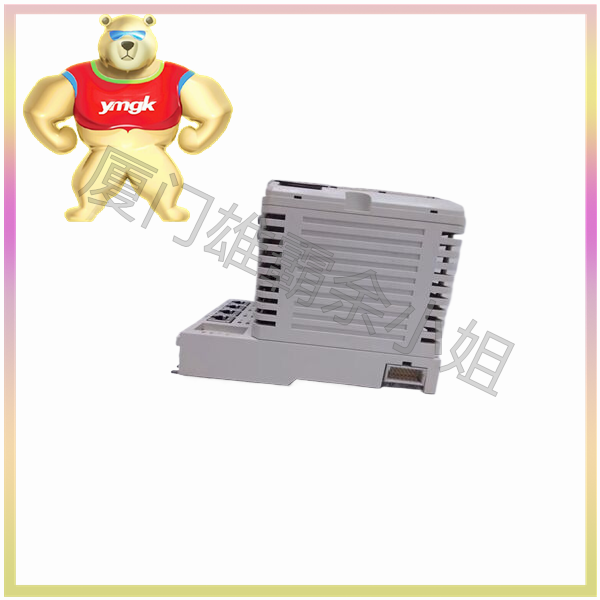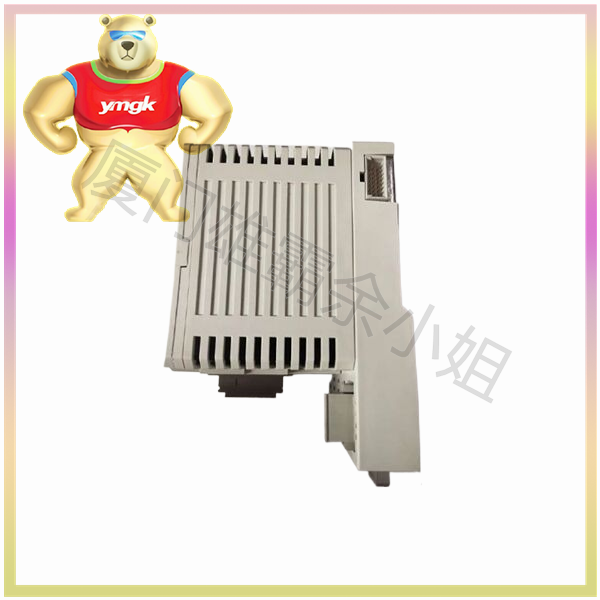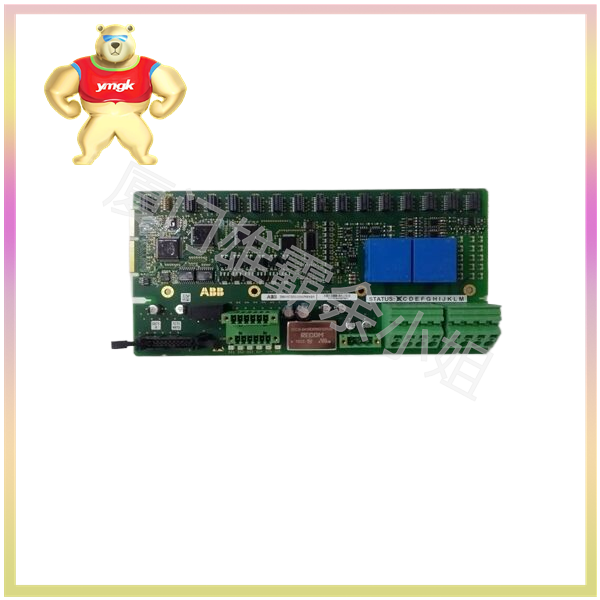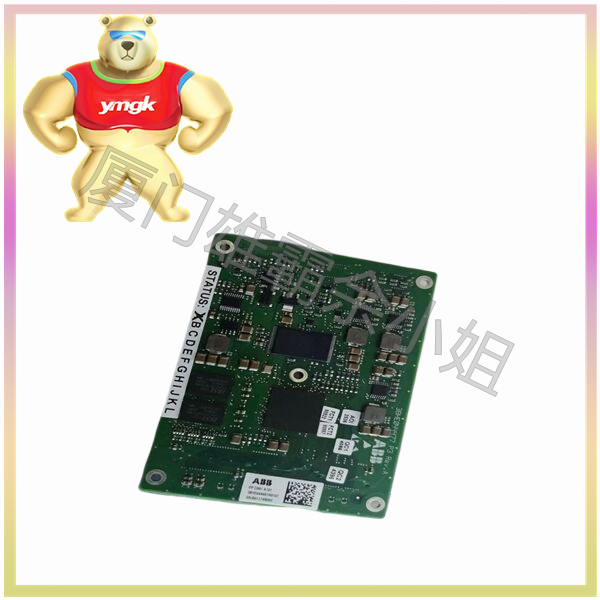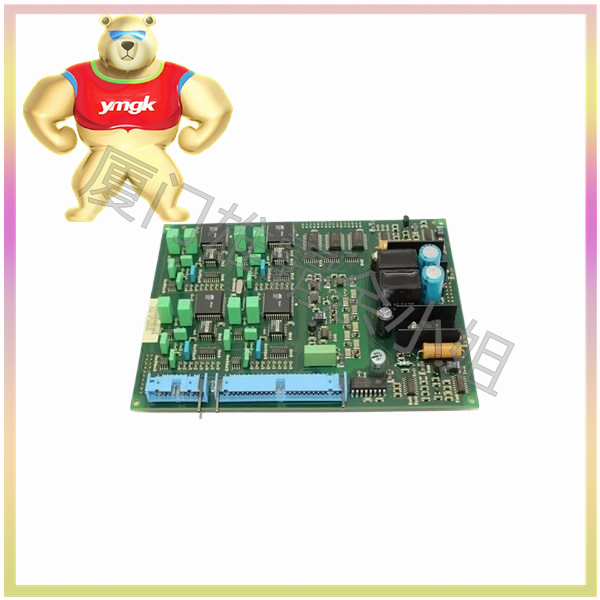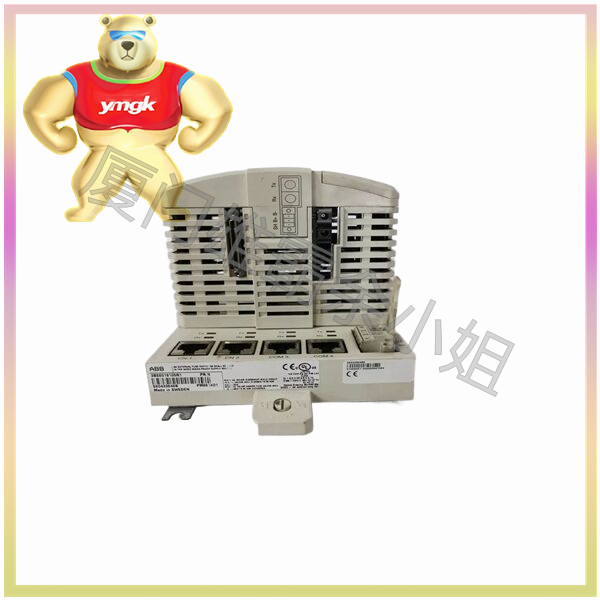Definition and working principle of PLC
PLC is a digital operation electronic system designed specifically for industrial environments. It uses programmable memory to store instructions for performing logical operations, sequential control, timing, counting, and arithmetic operations, and controls various types of mechanical equipment or production processes through digital or analog input/output. The working principle of PLC is mainly based on microprocessor technology, which receives external input signals (such as buttons, sensors, etc.), executes preset programs, and then outputs corresponding control signals to achieve equipment control.
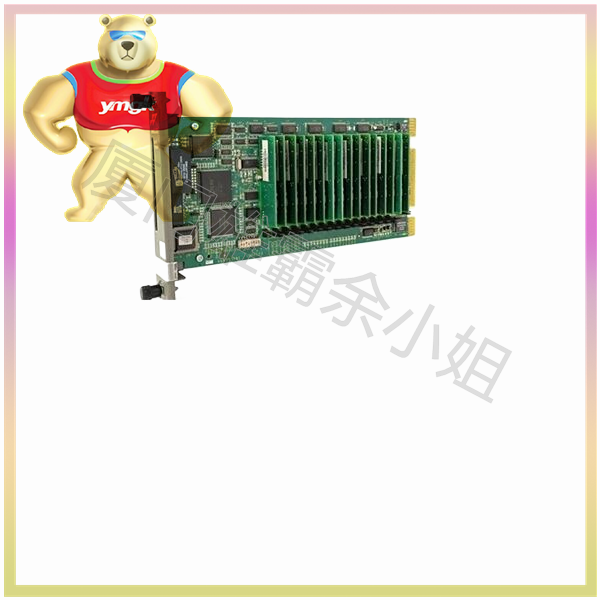
Definition and Working Principle of Drivers
A driver is an electronic device used to control the movement of equipment, which can convert electricity into mechanical energy to achieve motion control of the equipment. In industrial automation, drivers are mainly used to control the operation of equipment such as motors and solenoid valves. The working principle of a driver is mainly to receive signals from controllers such as PLCs, convert them into electrical signals, and then drive the movement of the equipment. Specifically, drivers typically include a power electronic device (such as power transistors, IGBTs, etc.) that converts DC power into AC power through switch control, thereby driving the movement of the equipment.

